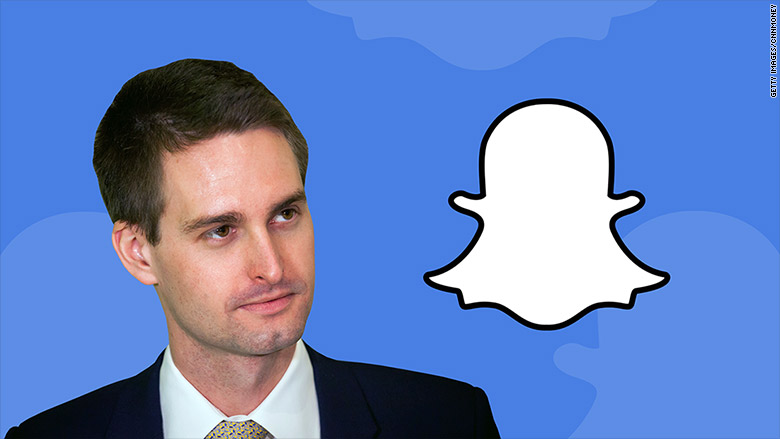
It’s the same thing when you link your Spectacles to Snapchat you do it by looking at your Snapcode. Think about Snapcodes, which let you very quickly add someone on Snapchat, and the camera is used as a sensor. You think about something like the Lenses product, and that’s also being used for entertainment. Now, the camera is being used for a lot more, and for communication in particular. It used to be that photos were only used to make memories. When the company says it’s a camera company, that doesn’t mean it wants to make cameras it means that the camera is the core. I think people misunderstand what that means. He mentioned it to me the next time he saw me, so I started to look into it. She said, everybody has three apps on their phone: Instagram, Angry Birds, and Snapchat. His daughter said, this new app Snapchat, I use it probably 20 times a day now.

Jeremy Liew: We first heard about Snapchat when my partner Barry Eggers noticed that his daughter was using a new app somewhat obsessively, and he came across her and her friends huddled around the kitchen table silently looking at their phones and giggling. The Hive: How did you come across Snapchat? And what did it take to get a meeting with Evan for the first time? Here, Liew talks about tracking down Spiegel to become Snapchat’s first investor, why he’s not concerned about Facebook’s many attempts to copy Snapchat, and what it means for Snap to call itself a camera company. Jeremy Liew, a partner at Lightspeed Venture Partners, was the first to invest in Spiegel’s start-up in 2012, when Spiegel was still a Stanford student, running Snapchat on the side. Two weeks ago, Snap, the parent company of ephemeral-messaging app Snapchat, began trading on the New York Stock Exchange, becoming the first major social-media start-up since Twitter to test the public markets, and turning its 26-year-old C.E.O., Evan Spiegel, into a multibillionaire.


 0 kommentar(er)
0 kommentar(er)
